The 15 Tallest Mountains in the World | Ultimate Kilimanjaro
Most people know that Mount Everest is the highest mountain in the world. But which peaks make up the rest of the tallest mountains on earth? The majority of them are neighbors of Everest, located in the Himalayan mountain range, near the autonomous region of Tibet.
Let’s take a look at the 15 highest mountains in the world, their height and location.
Mục Lục
1. Mount Everest
- Height: 29,032 feet/8,849 meters
- Country: Nepal/Tibet
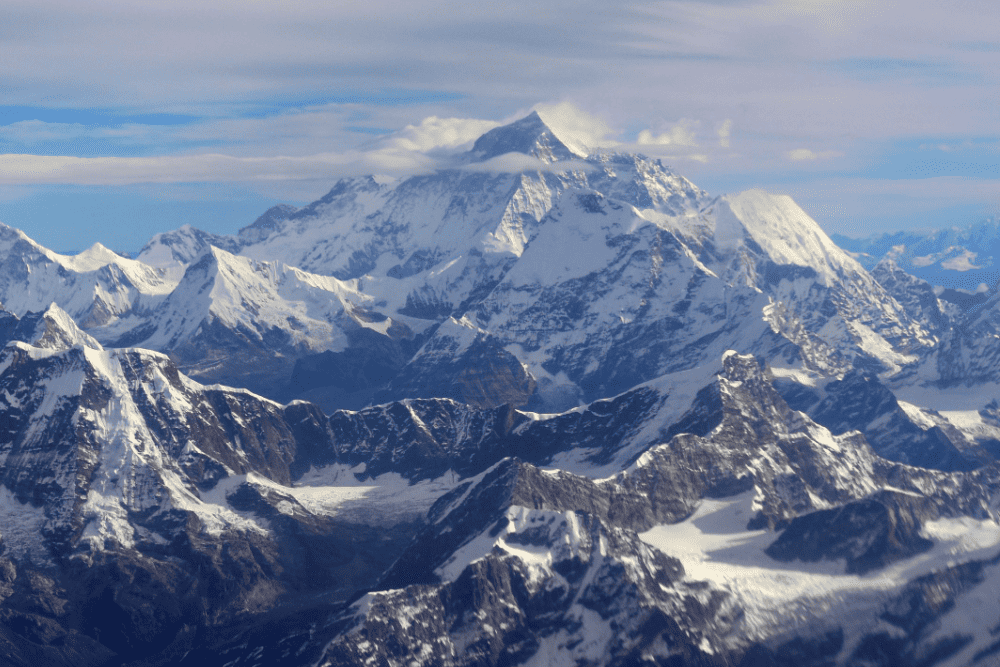
Mount Everest was first climbed by Sir Edmund Hillary and Tenzing Norgay in 1953, and reaching its summit is considered one of the biggest achievements in mountaineering. Located in the Himalayas, Everest has long been considered sacred. Its Tibetan name, Chomolungma, means “Mother Goddess of the World.”
2. K2
- Height: 28,251 feet/8,611 meters
- Country: Pakistan/China
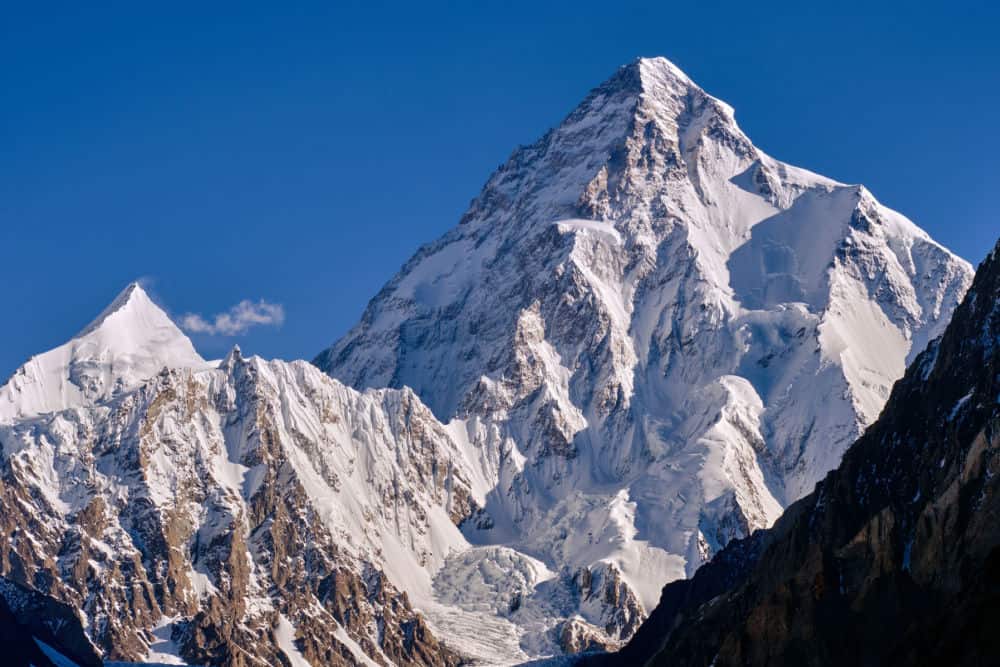
K2 is one of the toughest mountains in the world to climb as it is prone to frequent, severe storms. The number of people who have successfully climbed K2 is a fraction of those who have reached the summit of Everest. K2 is located in the Karakorum mountain range, and its name comes from a notation used by the Great Trigonometrical Survey of British India.
3. Kangchenjunga
- Height: 28,169 feet/ 8,586 meters
- Country: Nepal/India
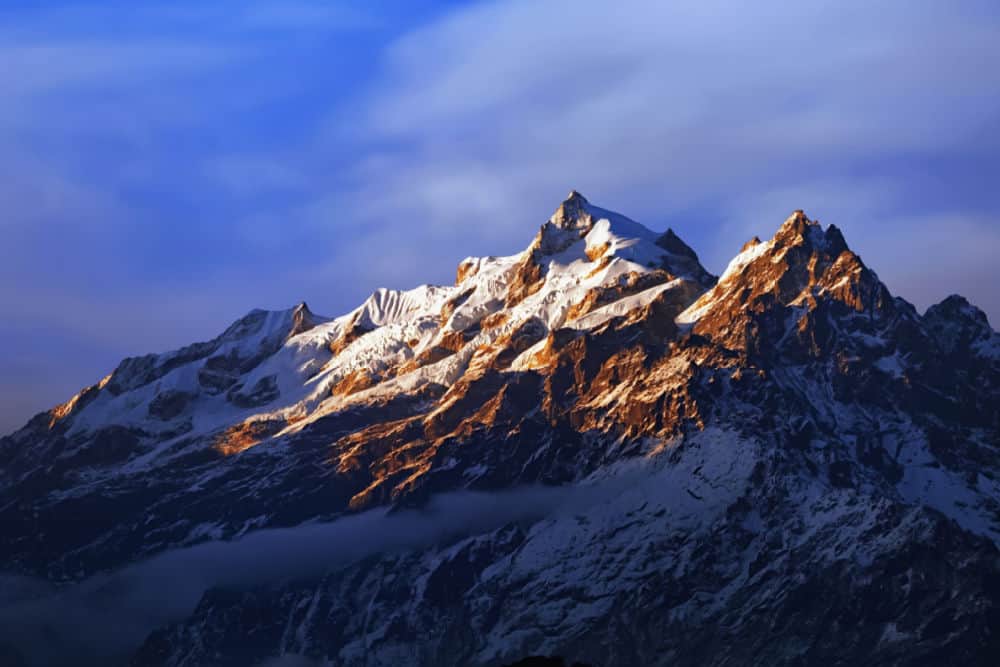
Kangchenjunga is the highest peak in India and until 1852, was thought to be the highest mountain in the world. The mountain straddles Nepal and India and is considered to be sacred. It was first climbed in 1955 by Joe Brown and George Band, who were part of a 1955 British expedition. As promised, they stopped just short of the summit to keep it untouched.
4. Lhotse
- Height: 27, 940 feet/8,516 meters
- Country: Nepal/Tibet
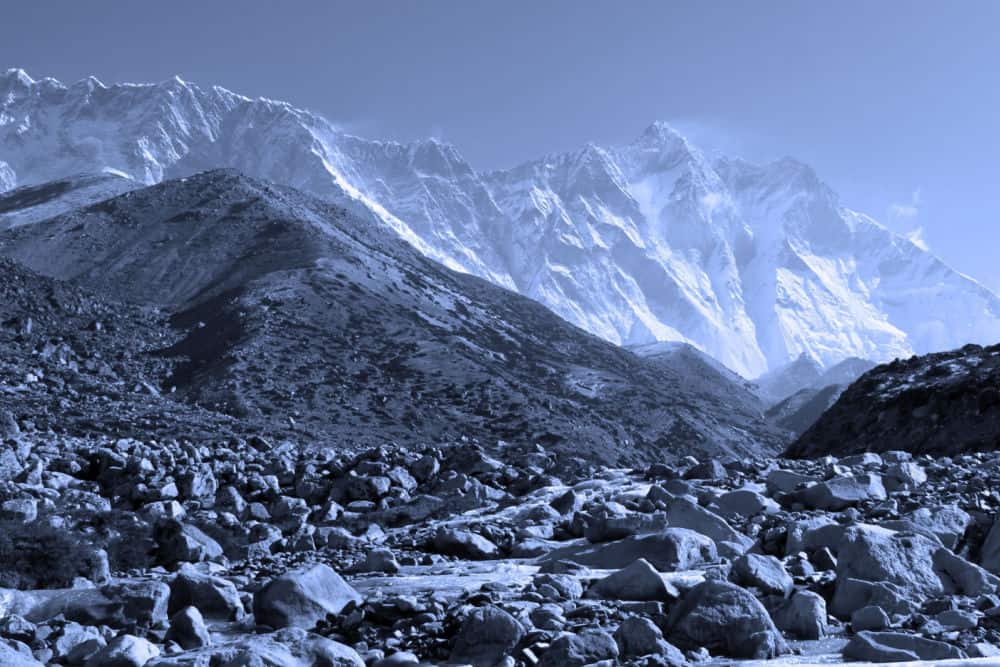
Lhotse is well-known due to its proximity to Mount Everest and is also known as E1 (Everest 1). The first attempt to summit the mountain occurred in 1955, and it was done successfully the following year by the Swiss climbers Fritz Luchsinger and Ernst Reiss.
5. Makalu
- Height: 27,838 feet/8,485 meters
- Country: Nepal/Tibet
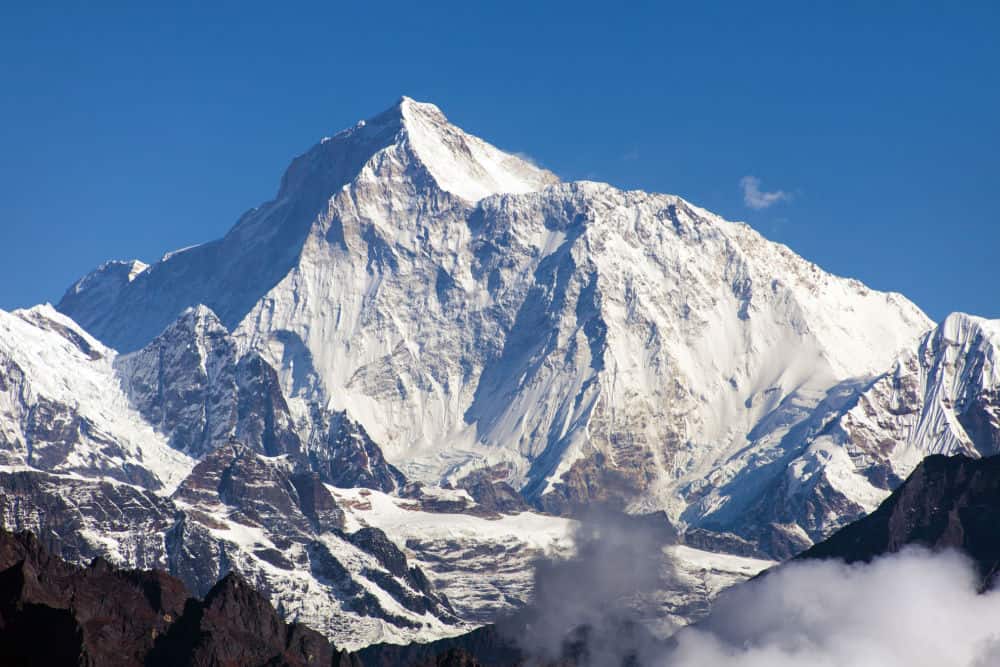
Makalu is considered one of the most difficult mountains in the world to climb. Located 14 miles west of Mount Everest, it’s notorious for its exposed ridges and steep pitches. By 2019, 568 people have summited Makalu, and 48 have perished on its slopes.
6. Cho Oyu
- Height: 26,864 feet/8,188 meters
- Country: Nepal/Tibet
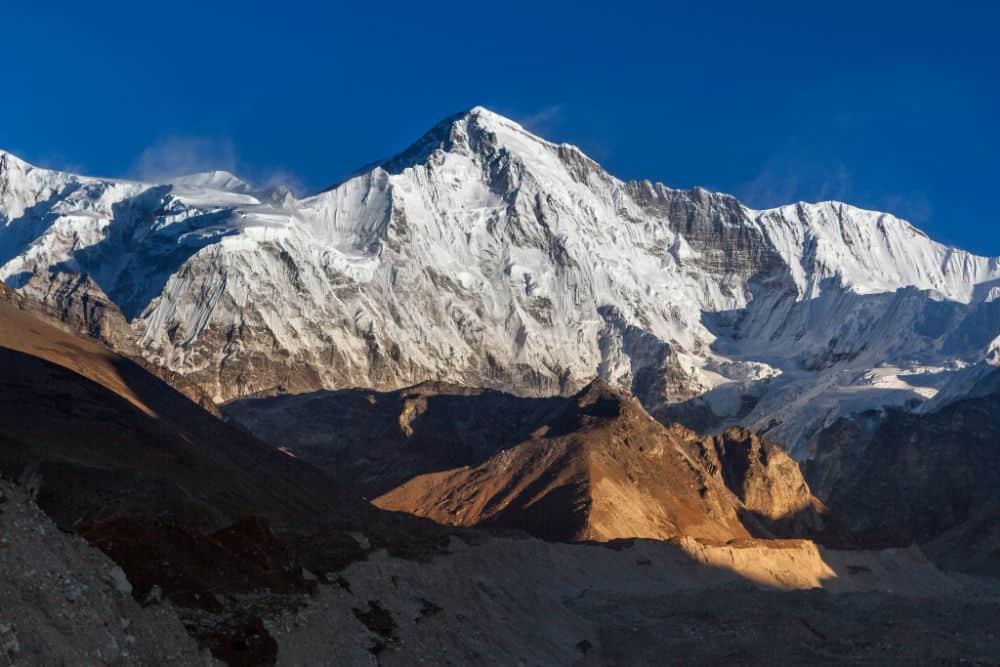
Cho Oyu lies in the heart of the Tibetan/Nepalese Himalayas and climbers are rewarded with views of Everest, Lhotse and hundreds of other Himalayan peaks. Climbing Cho Oyu is considered an easier and more accessible mountain than other 8,000 meter peaks.
7. Dhaulagiri
- Height: 26,795 feet/ 8,167 meters
- Country: Nepal
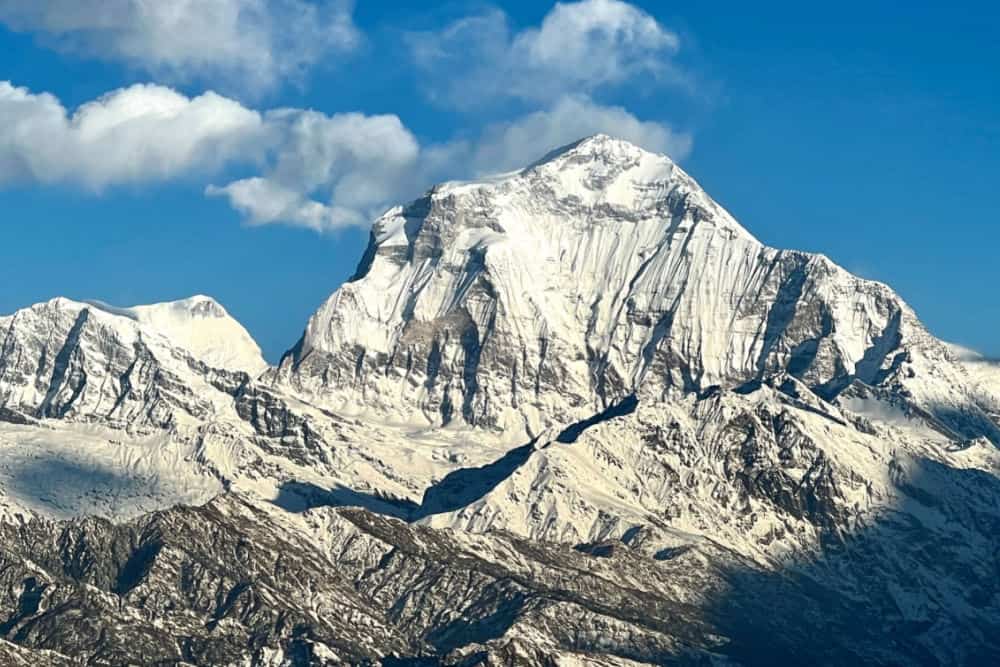
Dhaulagiri is located on the western side of the deep Kali (Kali Gandak) River gorge, about 40 miles northwest of Annapurna. It is the highest mountain located entirely within Nepal, and is known for being a difficult and technical ascent. Dhaulagiri comes from the Sanskrit meaning “white beautiful mountain.” It was first ascended in 1960.
8. Manaslu
- Height: 26,781 feet/8,163 meters
- Country: Nepal
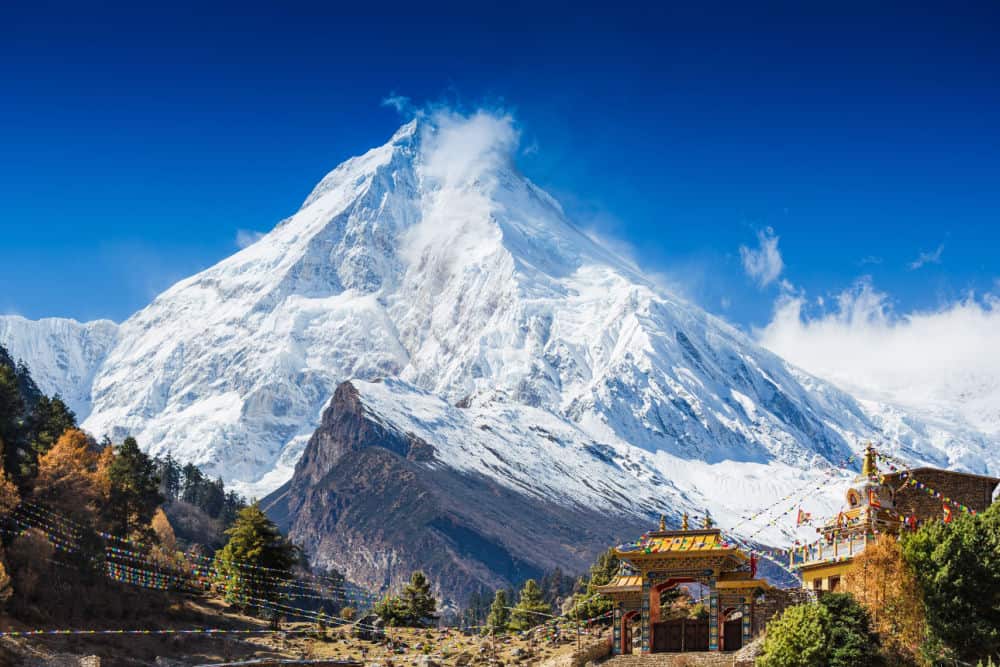
Manaslu was first scaled in 1956 by Toshio Imanishi and Gyalzen Norbu, who were part of a Japanese expedition. The mountain has long ridges and valley glaciers and is considered to be a less technical climb than Everest. Manaslu is prone to avalanches, and is known locally as the “killer mountain” as more than 60 people have died there.
9. Nanga Parbat
- Height: 26,660 feet/8,126 meters
- Country: Pakistan
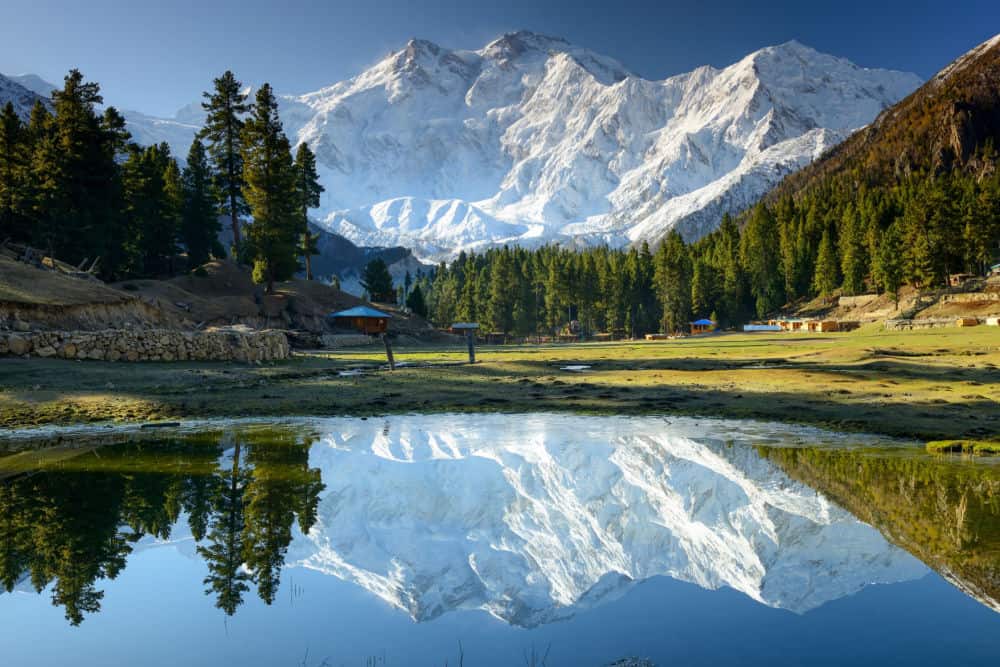
This mountain is known locally as Diamer, which means “king of the mountains.” It’s located in the western Himalayas in the Pakistani-administered area of Kashmir. Nanga Parbat is a notoriously difficult climb due to the frequency of avalanches, unstable glaciers and storms and is nicknamed Killer Mountain. In 2016, an expedition completed the first winter ascent of Nanga Prabat.
10. Annapurna
- Height: 26,545 feet/8,091 meters
- Country: Nepal
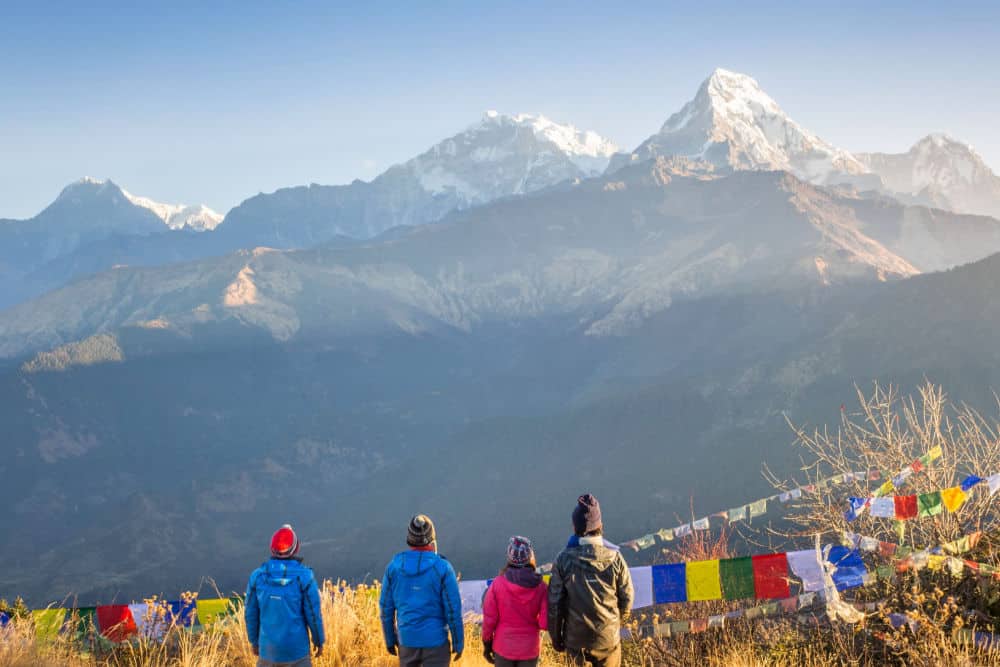
Annapurna forms a ridge about 30 miles long between the Kali (Kali Gandak) and Marsyandi gorges. Maurice Herzog and Louis Lachenal reached the summit 1950, making it the first 8,000 meter peak to be climbed successfully. Annapurna is named for the Hindu goddess of food and nourishment, who is said to reside there. It is sometimes called the deadliest mountain in the world, as at one point 32% of attempts to reach the top of the mountain result in a fatality.
11. Gasherbrum I (K5)
- Height: 26,509 feet/8,080 meters
- Country: Pakistan-China
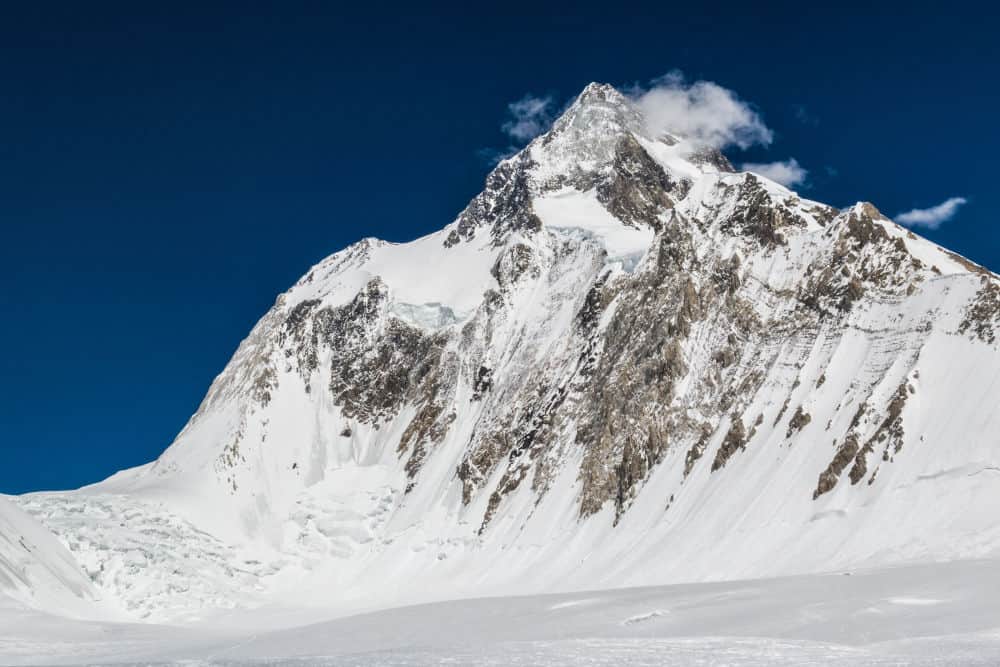
Gasherbrum I is also known as K5 and Hidden Peak due to its extremely remote location on the China-Pakistan border. Gasherbrum I was first climbed in 1958 by an eight-person American expedition. Gasherbrum is the second highest peak in the Karakorum range and is rarely scaled.
12. Broad Peak
- Height: 26,414 feet/8,051 meters
- Country: China-Pakistan
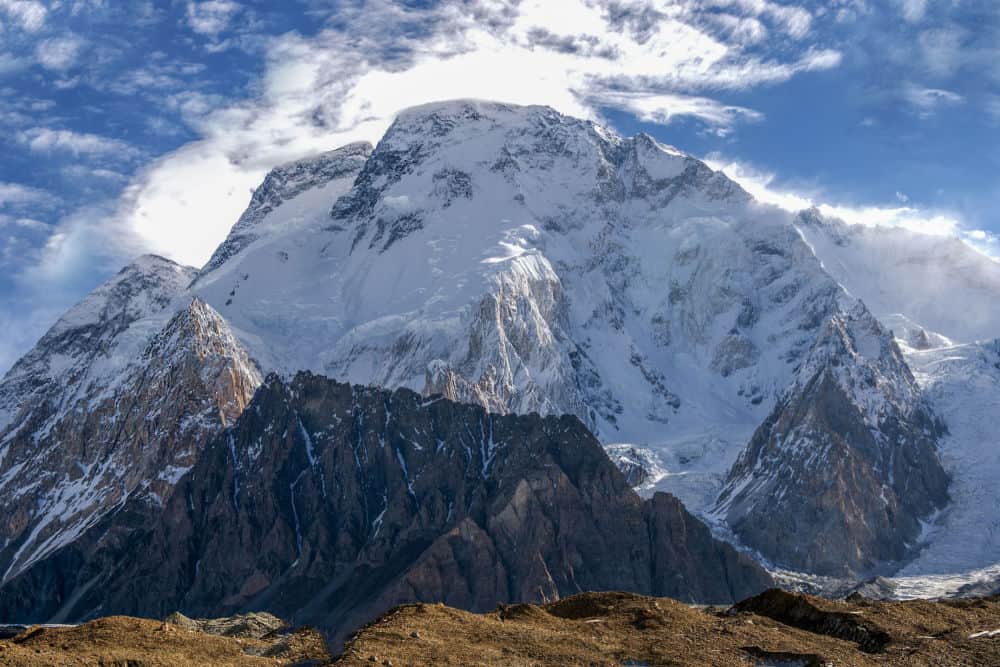
The first ascent of Broad Peak took place in 1957 by an Austrian expedition led by Marcus Schmuck. It is known for being a difficult but non-technical ascent. There have been about 300 summits of Broad Peak, compared to about 3,500 summits of Everest.
13. Gasherbrum II, K4
- Height: 26,362 feet/ 8,025 meters
- Country: China-Pakistan
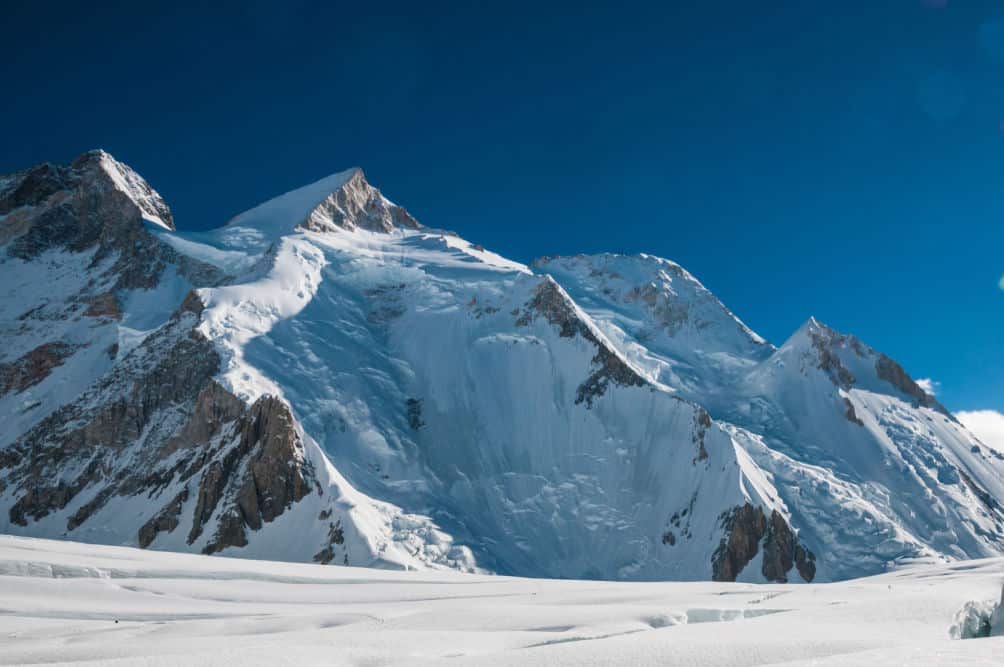
In 1856, Thomas George Montgomerie, a member of the British Royal Engineers, named this mountain K4, meaning the fourth mountain of Karakorum. Gasherbrum II is considered to be the safest and “easiest” of the Karakoram 8,000 meter peaks.
14. Shishapangma/Gosainthan
- Height: 26,335 feet/8,027 meters
- Country: Tibet
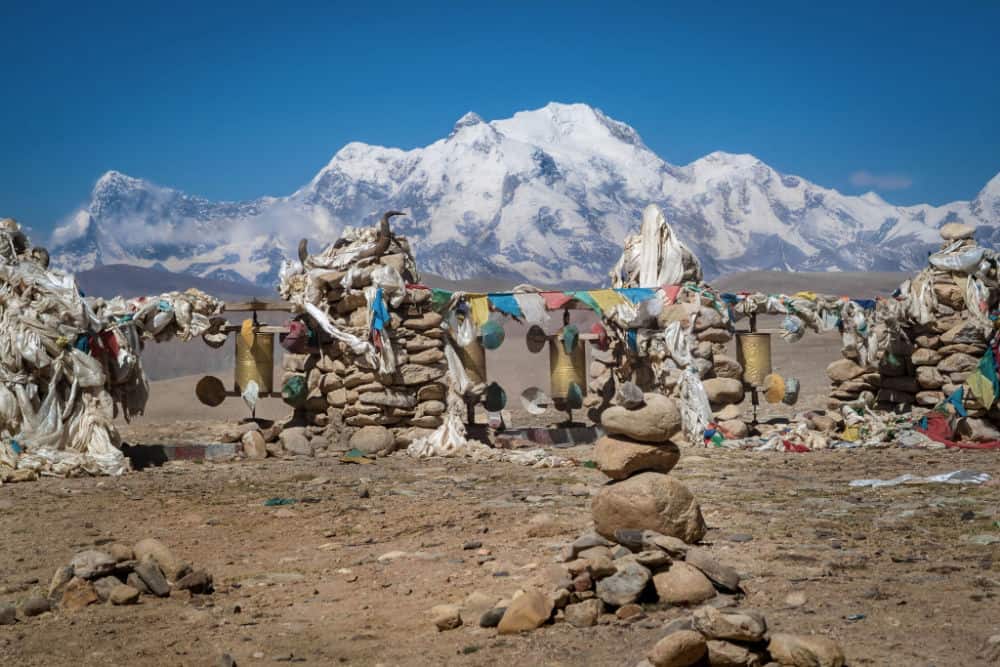
Shishapangma is the highest peak in the Langtang Himal, and was the last of the 8,000 meter peaks to be climbed. The first ascent is credited to Hsu Ching and his Chinese team in 1964. Very few people have climbed it due to restrictions. Famed climber Alex Lowe died in an avalanche here in 1999.
15. Gyachung Kang
- Height: 26,089 feet/7,952 meters
- Country: Nepal-China
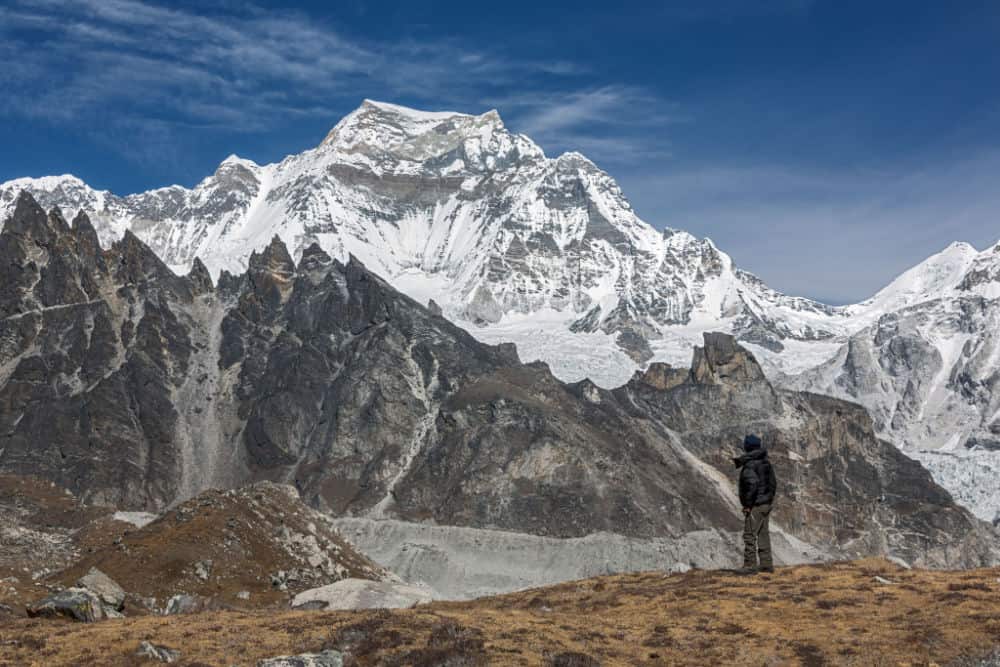
Lying on the border between China and Nepal, Gyachung Kang is the highest peak in the world that is not 8,000 meters high. It is located in the Mahalangur Himal section of the Himalayas. A Japanese team led by Kazuyoshi Kohara made the first ascent in 1964.
Honorable Mention – Mauna Kea
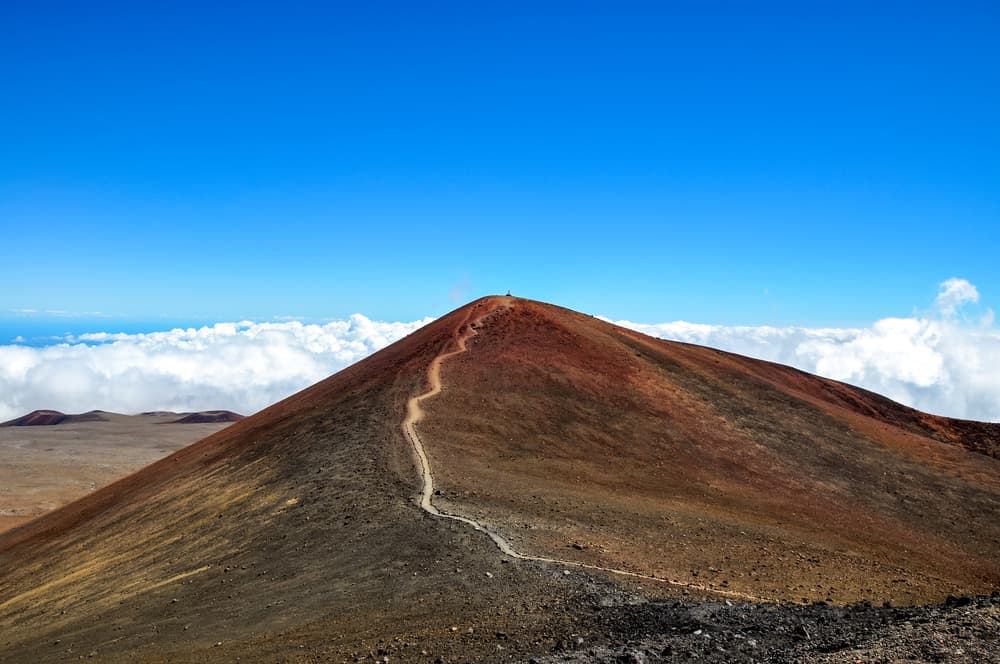
- Height (above water): 13,802 feet/4,206 meters
- Height (from base): 33,500 feet/10,211 meters
- Country: USA
Mauna Kea on the Big Island of Hawaii might be the tallest mountain on Earth, depending on how you measure the height. More than half (19,698 feet) of Mauna Kea lies underwater, while 13,802 feet is above sea level. Added together, from the base to the summit, Mauna Kea totals 33,500 feet. That’s 4,000 feet higher than Mount Everest, which stands 29,032 feet tall.
The mountain is an important place for astronomical research. It houses the world’s largest astronomical observatory, located above 40 percent of the Earth’s atmosphere.
Mauna Kea is a volcano that is over 1 million years old. It is not extinct, but dormant. So, there is still a chance that it can erupt in the future.
What About Mount Kilimanjaro?
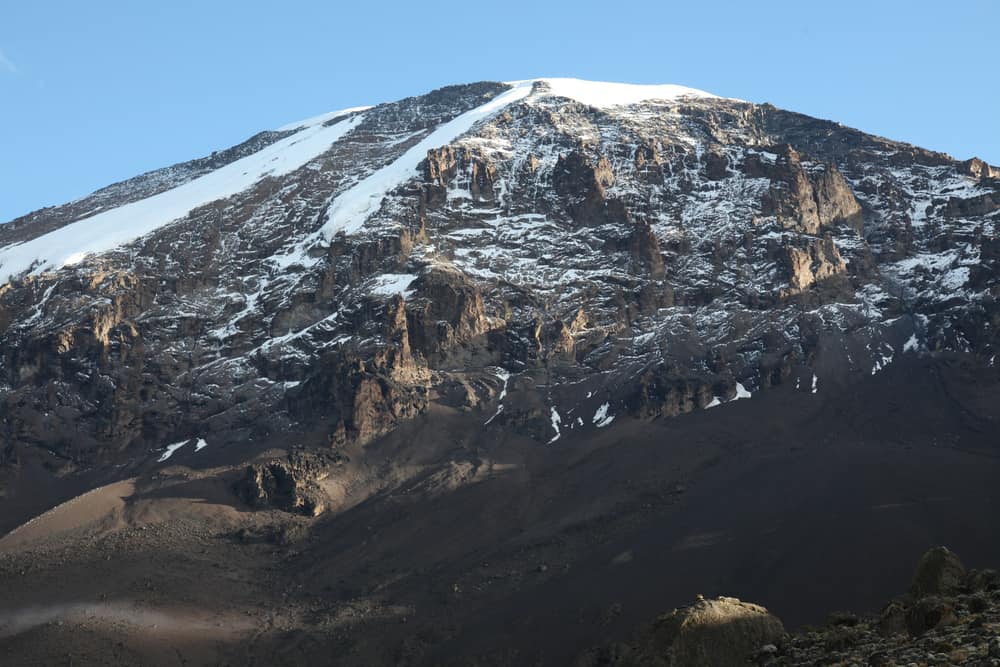
- Height: 19,341 feet/5,895 meters
- Country: Tanzania
So where does Mount Kilimanjaro fit into the rankings?
While Mount Kilimanjaro is a very tall peak, standing at 19,340 feet (5,985 meters) above sea level, it does not measure up to the mountains of the Himalayas and other central Asian ranges in China, India, Nepal and Pakistan. In fact, every single peak of the 100 highest mountains is located in Asia.
Mount Kilimanjaro’s height does not even get it into the top 200 of the world’s highest mountains. However, it is the tallest mountain in Africa, making it one of the Seven Summits and the highest free standing mountain (not part of a range) in the world.
__________
See Where does Mount Kilimanjaro Rank in the Seven Summits?
See What are 15 Highest Mountains in Africa?
Download our Kilimanjaro guide.
Want to climb Mount Kilimanjaro? Click here.















![Toni Kroos là ai? [ sự thật về tiểu sử đầy đủ Toni Kroos ]](https://evbn.org/wp-content/uploads/New-Project-6635-1671934592.jpg)


